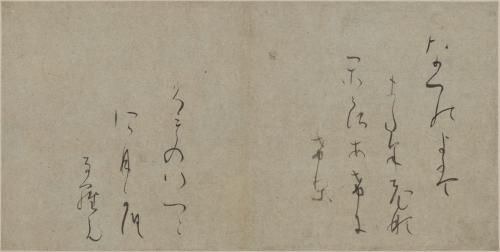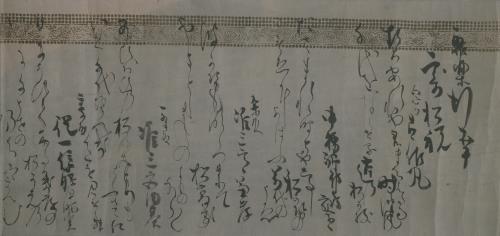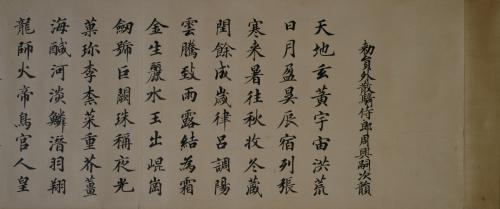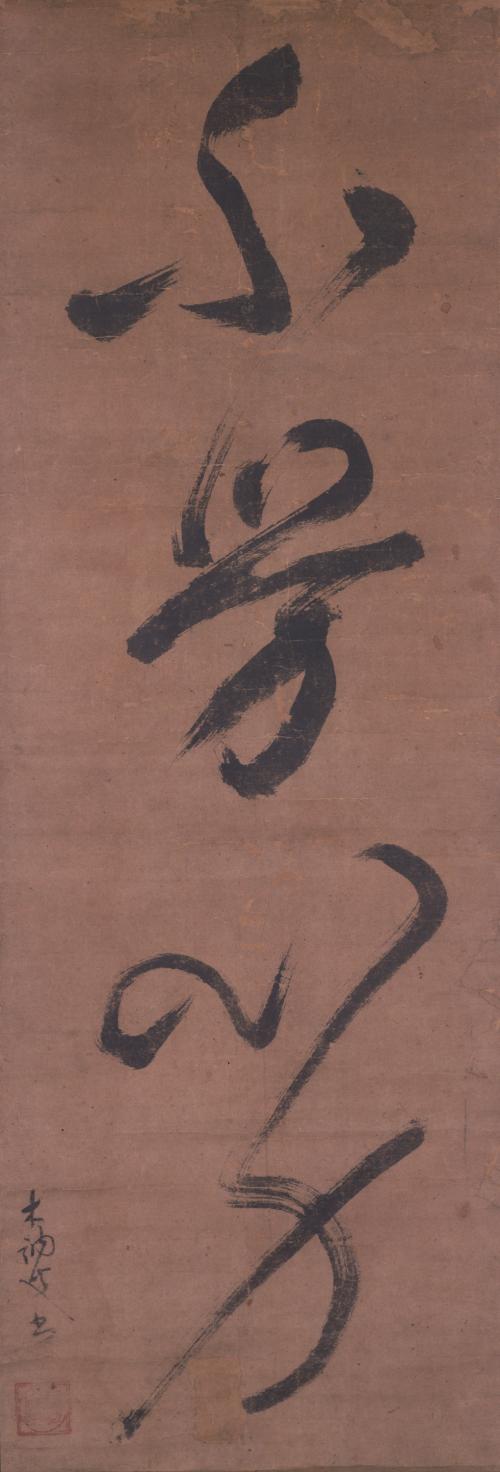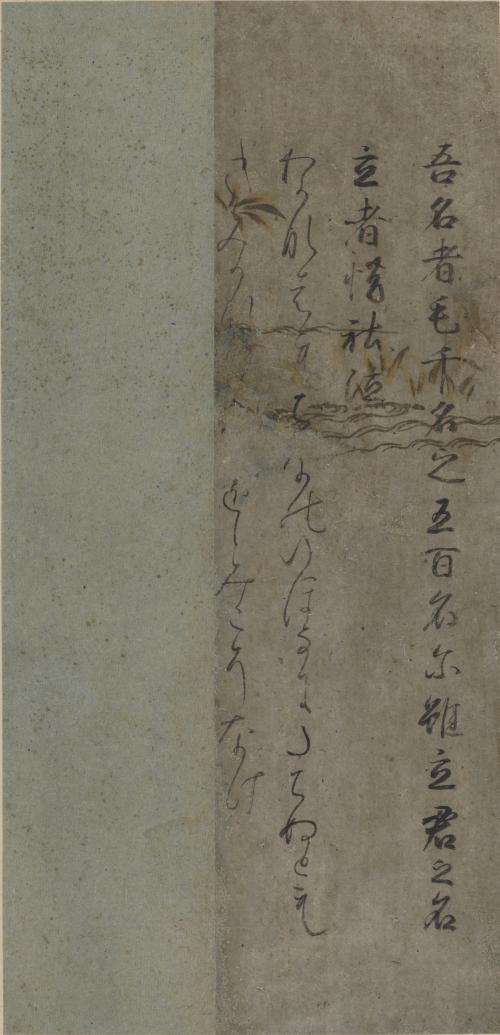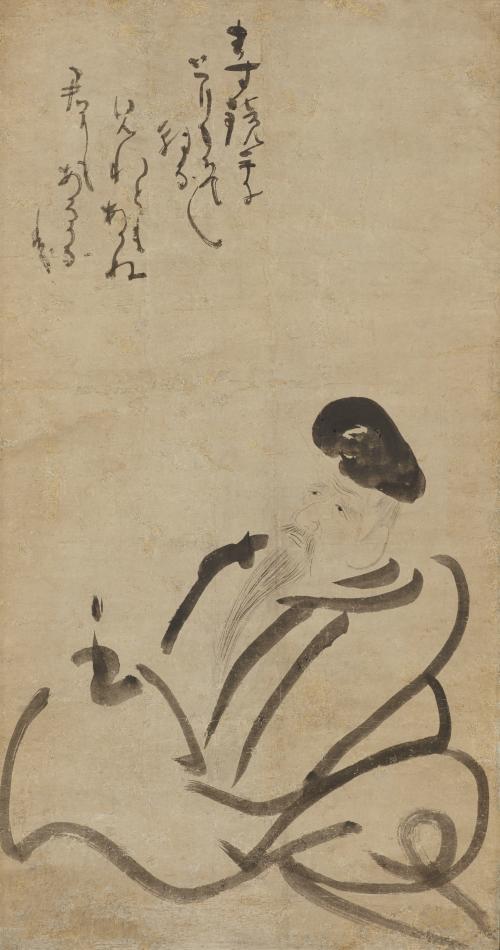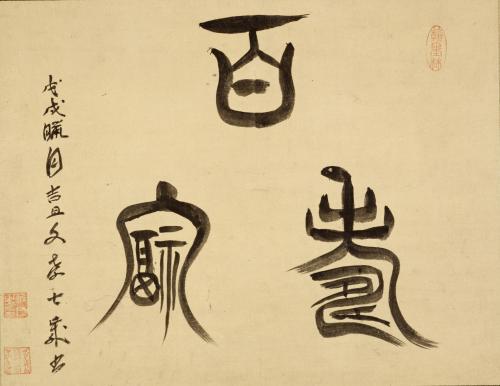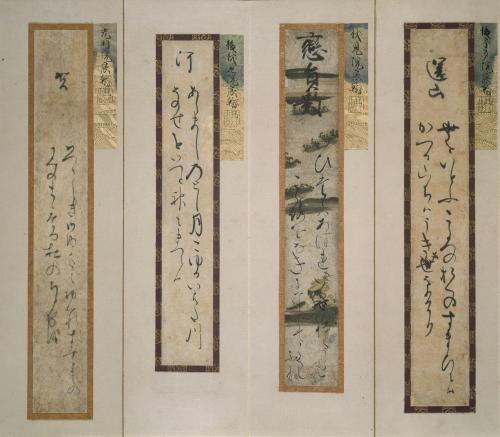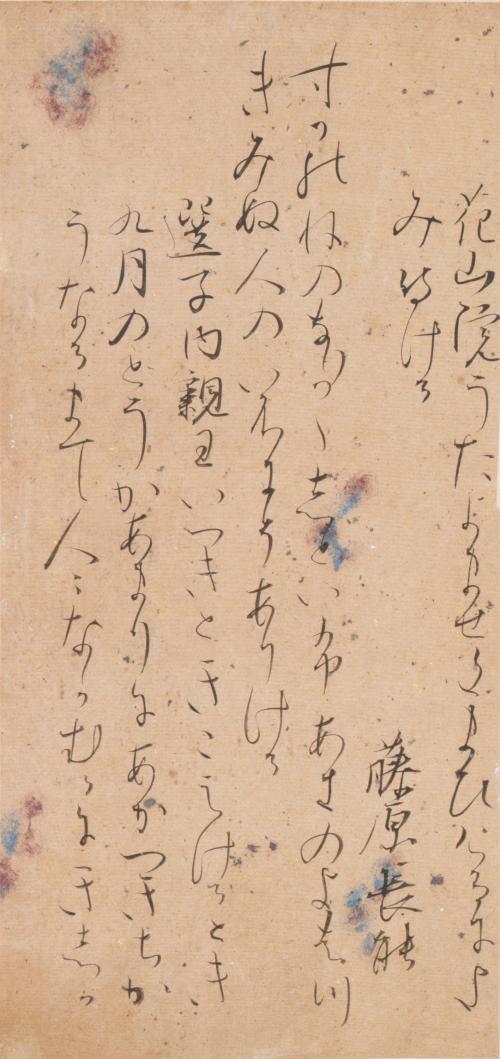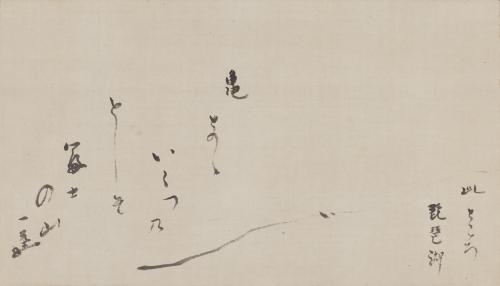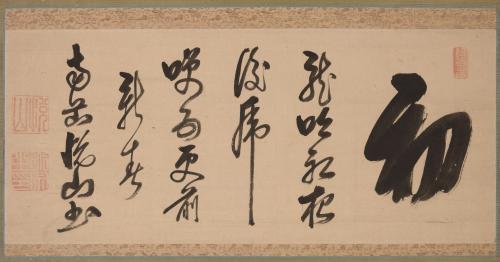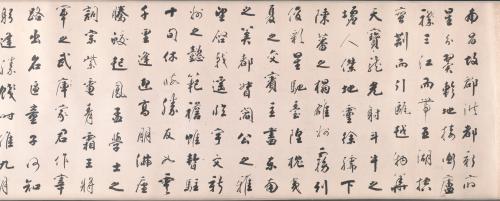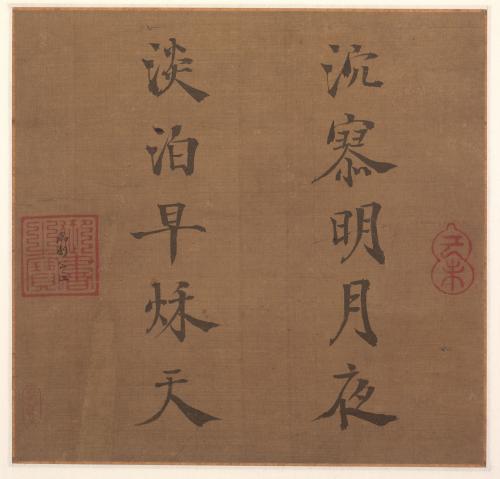全部藏品
探索234個藏品
聚樂第行幸和歌卷
東京國立博物館
這幅作品寫的是和歌,所使用的紙在很多處都斜向更換了顏色。您不妨讓視線跟著筆觸移動。文字的大小以及間隔方式等都體現出了舞動般的奔放節奏。這是江戶時代的貴族烏丸光廣晚年的書法作品。烏丸光廣精通和歌、書法和茶道等,是當時所稱的文化人。那麼這幅作品中寫的是一首什麼樣的和歌呢?
短冊手鑒
東京國立博物館
後拾遺和歌集(中院切)
東京國立博物館
詠草
東京國立博物館
過印度洋五言詩
中央研究院嶺南美術館
Four Poems: Calligraphy in Cursive Script (xingshu)
The Cleveland Museum of Art
Written in graceful calligraphy with well-composed characters, the artist communicates his thoughts and state of mind in four poems.
Poem on Imperial Gift of an Embroidered Silk: Calligraphy in Cursive Script Style (xingshu)
The Cleveland Museum of Art
A poem by the influential Wen Zhengming expresses Wen’s gratitude to the Jiajing emperor (reigned 1522–1567) for a gift of embroidered silk bestowed i
Calligraphy in Semi-Cursive Style (xing-caoshu)
The Cleveland Museum of Art
This spontaneous, bold calligraphy style is characteristic of members of the Japanese Obaku sect of Chan Buddhism (Huangbo in Chinese), which was intr
Calligraphy in Semi-Cursive Style (xing-caoshu)
The Cleveland Museum of Art
This bold calligraphy written by Yueshan, an Obaku sect monk, consists of five characters tentatively translated as “Pine trees singing in the wind.”
Calligraphy in Running Style based on Wang Bo's Essay on Tengwang Pavilion
The Cleveland Museum of Art
A member of the Donggo clan, Tiebao belonged to the Manchu Plain Yellow Banner army.
Poem
The Cleveland Museum of Art

